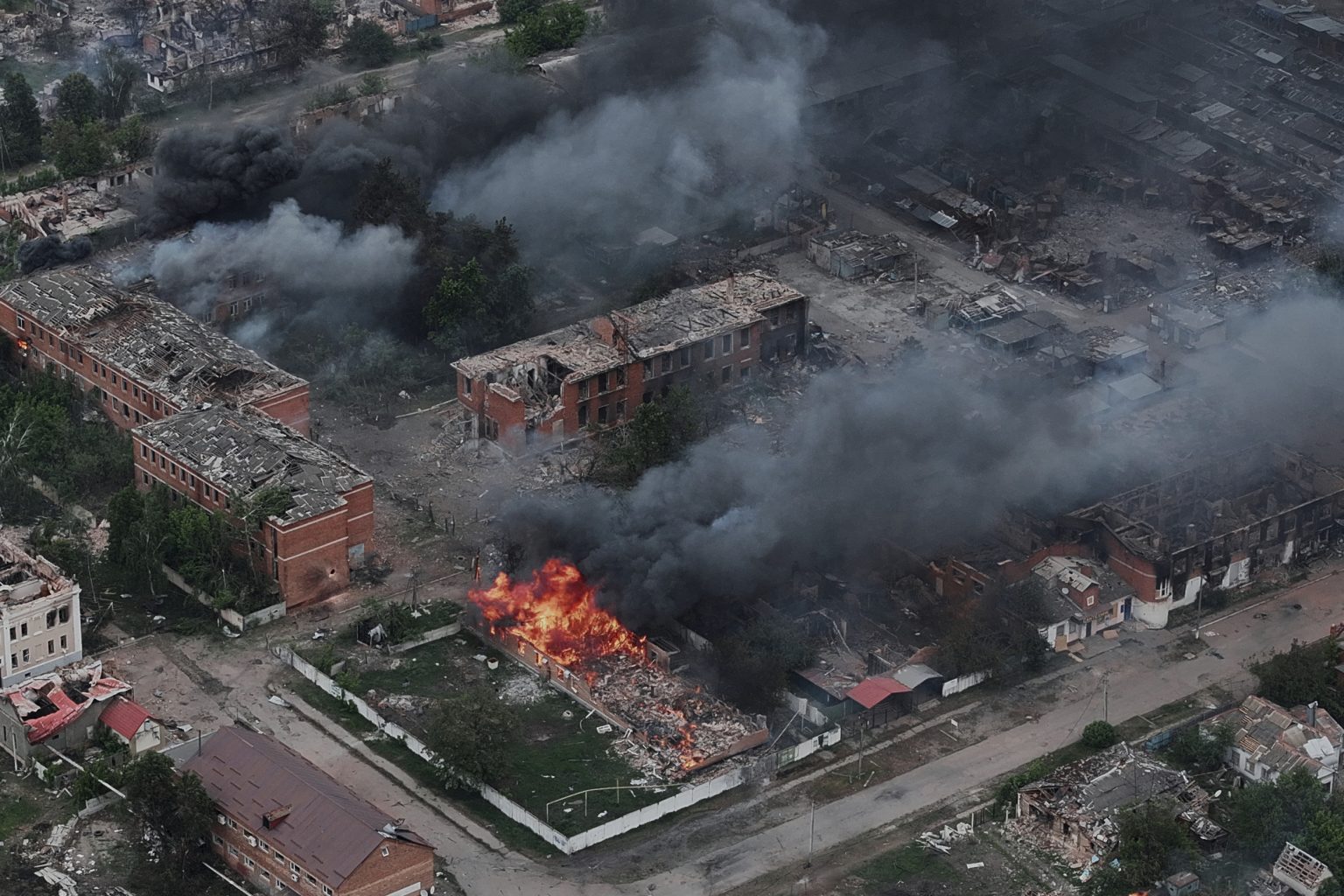Russian troops have recently advanced into Ukraine’s Kharkiv Oblast province, but have yet to meet the strongest line of defense, according to Ukrainian President Volodymyr Zelensky. The offensive, which began on May 10, has seen Russian forces make gradual advances in the region, with the goal of creating a buffer zone to protect border areas from Ukrainian fire. Zelensky stated that the Kharkiv front has stabilized and that Ukraine has prepared second and third lines of defense, with the third line being the most powerful, including concrete constructions.
While Russian President Vladimir Putin claims that the operation in Kharkiv Oblast is going according to plan and is not aimed at seizing the city itself, some analysts warn that the establishment of a buffer zone could be used as a staging post for further attacks. The Institute for the Study of War (ISW) in Washington, D.C. noted that Russian forces appear to be prioritizing the buffer zone along the international border over deeper penetrations into northern Kharkiv Oblast. The ISW also suggested that Moscow may be trying to divert Ukrainian forces from the Donbas region with the new offensive in the north.
Zelensky expressed concerns about Ukraine’s air defenses, stating that the country only has about 25% of what is needed. To achieve parity with Moscow’s air force, Ukraine requires 120-130 M-16 fighter jets or similar aircraft. Ukrainian pilots are currently being trained on F-16 fighter jets by Western allies, with the expectation of receiving their first aircraft in June or July. Several countries, including the Netherlands, Norway, Belgium, and Denmark, have committed to sending Ukraine F-16 combat jets to help bolster their air defenses.
In a recent meeting with Chinese President Xi Jinping, Putin sought continued support for Russia’s wartime economy, including through oil purchases. The Atlantic Council think tank noted that Putin relies on China as a partner to support the economy, while Xi looks to secure a junior partner as Europe de-risks and the United States imposes new tariffs. The meeting between Putin and Xi highlights the complex geopolitical dynamics at play in the ongoing conflict in Ukraine and the wider global context.
Overall, the situation in Ukraine’s Kharkiv Oblast remains tense, with Russian forces advancing but not yet breaking through Ukrainian defenses. The establishment of a buffer zone by Moscow could have implications for future attacks in the region, as analysts speculate on the intentions behind the offensive. Ukraine continues to work towards strengthening its air defenses, with support from Western allies, as the conflict in the country shows no signs of abating. The involvement of other global powers, such as China, adds another layer of complexity to the ongoing crisis in Ukraine.








